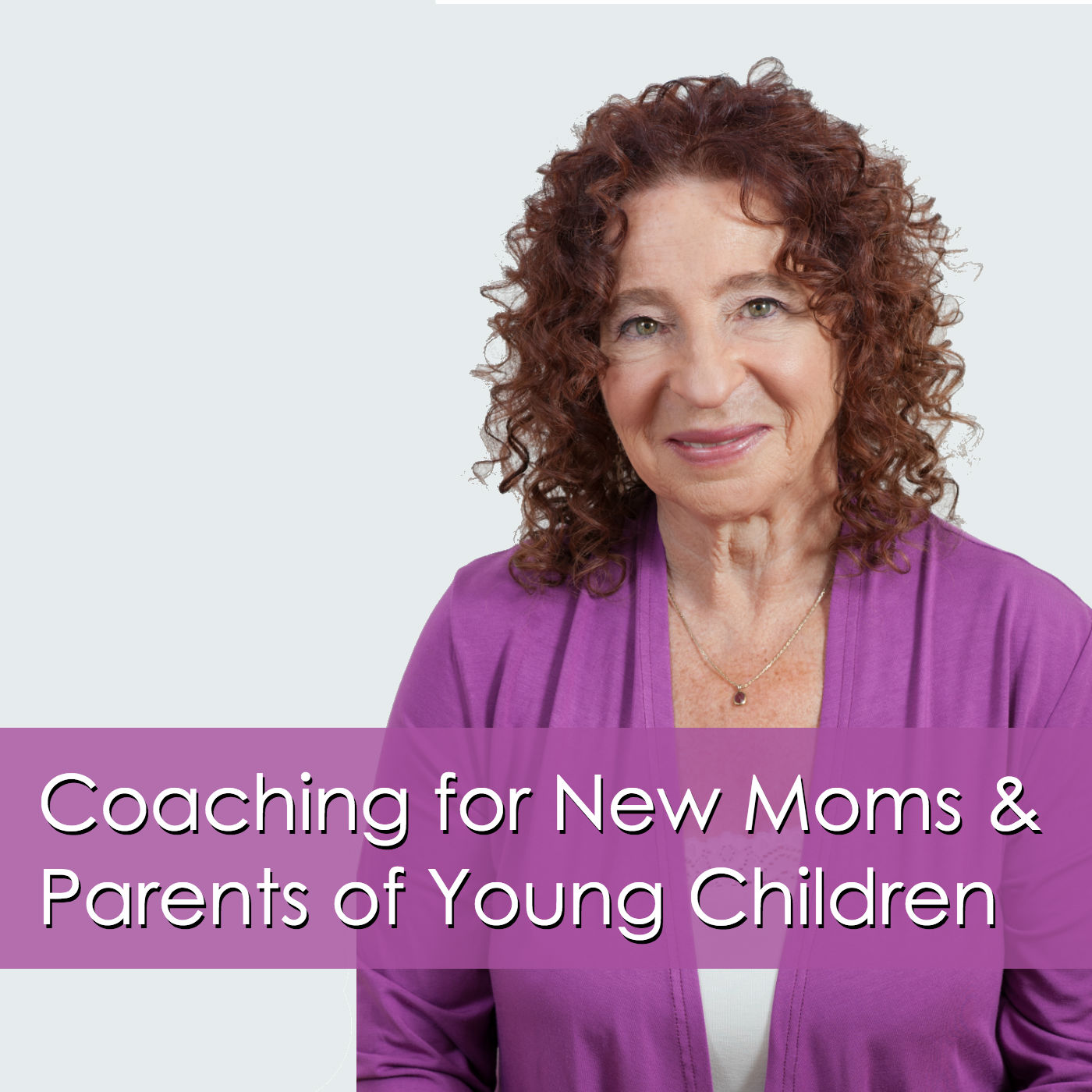Episodes

Tuesday Apr 03, 2018
Is Attachment Parenting Right for You and Your Baby?
Tuesday Apr 03, 2018
Tuesday Apr 03, 2018
From time to time I am asked to give presentations to new parents. I love meeting new parents and helping to answer their questions.
This week, I have been asked by a local parent support group to talk about Attachment Parenting.
I decided to make it the focus of my blog post this week and record a podcast for you on the subject.
Attachment Parenting is a subject of much confusion for parents and I wanted to explain what it is and to help you answer the question – is Attachment Parenting right for you and your baby.
(Below is more information that I refer to in the podcast via Attachment Parenting International.)
Attachment Parenting is an approach to childrearing that promotes a secure attachment bond between parents and their children. Attachment is a scientific term for the emotional bond in a relationship. The attachment quality that forms between parents and children, learned from the relational patterns with caregivers from birth on, correlates with how a child perceives – and ultimately is able to experience – relationships. Attachment quality is correlated with lifelong effects and often much more profound an impact than people understand. A person with a secure attachment is generally able to respond to stress in healthy ways and establish more meaningful and close relationships more often; a person with an insecure attachment style may be more susceptible to stress and less healthy relationships. A greater number of insecurely attached individuals are at risk for more serious mental health concerns such as depression and anxiety.
How parents develop a secure attachment with their child lies in the parent’s ability to fulfill that child’s need for trust, empathy, and affection by providing consistent, loving, and responsive care. By demonstrating healthy and positive relationship skills, the parent Provides critical emotional scaffolding for the child to learn essential self-regulatory skills.
Attachment Parenting International’s Eight Principles of Parenting are designed to give parents the science-backed “tools” – valuable, practical insights for everyday parenting – that they can use to apply the concept behind Attachment Parenting. These tools guide parents as they incorporate attachment into their individual parenting styles:
- Prepare for Pregnancy, Childbirth, and Parenting — The overarching message within this principle is the importance of parents to research their decisions regarding pregnancy care, childbirth choices, and parenting styles; childbirth without the use of interventions shows the best start to the parent-infant bond. However, there are ways to modify the initial bonding experience for mothers who do encounter complications.
- Feed with Love and Respect — Research shows unequivocal evidence for breastfeeding for infants along with gentle weaning into nutritious food choices. Breastfeeding is the healthiest infant-feeding choice. The physiology of breastfeeding promotes a high degree of maternal responsiveness and is associated with several other positive outcomes. In the case breastfeeding is not possible, bottle-nursing — attentive bottle-feeding — should emulate the closeness of breastfeeding.
- Respond with Sensitivity — This Principle is a central element in all of the Principles; it is viewed by many parents as the cornerstone of Attachment Parenting. It encompasses a timely response by a nurturing caregiver. Baby-training systems, such as the commonly referred-to “cry it out,” are inconsistent with this Principle. The foundation of responding with sensitivity in the early years prepares parents for all their years of parenting, by modelling respect and caring.
- Provide Nurturing Touch — Parents who “wear” their babies in a sling or wrap are applying this Principle. Infants who are opposed to babywearing enjoy being held in-arms. Touch remains important throughout childhood and can be done through massage, hugs, hand-holding, and cuddling.
- Ensure Safe Sleep — This principle is the basis for one of the most controversial subjects in parenting. Many attachment parents share a room with their young children; those who exclusively breastfeed and who take necessary safety precautions may prefer to share their bed. However, this principle can be just as easily applied to crib-sleeping situations. The point is not the sleeping surface but that parents remain responsive to their children during sleep.
- Use Consistent and Loving Care — Secure attachment depends on continuity of care by a single, primary caregiver. Ideally, this is the parent. However, if both parents must work outside the home, this principle can be applied by ensuring that the child is being cared for by one childcare provider who embodies a responsive, empathic caregiver over the long-term; for example, an in-home nanny versus a large daycare centre with rotating staff.
- Practice Positive Discipline — There is a strong push against physical punishment in recent years, but research shows that all forms of punishment, including punitive timeouts, can not only be ineffective in teaching children boundaries in their behaviour but also harmful to psychological and emotional development. Parents are encouraged to teach by example and to use non-punitive discipline techniques such as substitution, distraction, problem-solving, and playful parenting. Parents do not set rules so that their child obeys for the sake of structure, but rather to be the teacher, the coach, the cheerleader, and the guidepost as the child develops his or her own sense of moral responsibility within the construct of the family value system.
- Strive for Personal and Family Balance — Attachment Parenting is a family-centred approach in that all members of the family have equal value. The parent is not a tyrant, yet also not a martyr. Parents need balance between their parenting role and their personal life in order to continue having the energy and motivation to maintain a healthy relationship and to model healthy lifestyles for their children.


No comments yet. Be the first to say something!